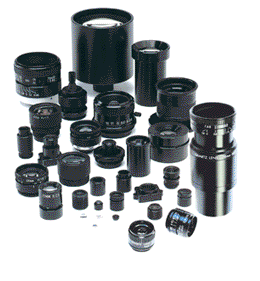High resolution lenses for machine vision — standard and custom lens design
Polarizing Filters Versus UV Filters
High Resolution Lenses for machine vision, instrumentation, inspection and vibration-sensitive applications. Standard and custom hi-res lens assemblies.

UV Filters
There are literally hundreds of options from which to choose from when you’re looking for a camera and a filter for your single lens reflex camera. The most common types of filters used are polarizing filters and ultraviolet (UV) filters. These filters allow the photographer to shoot like images but capture different effects.
When using a UV filter, the amount of ultraviolet light that is entering your camera (and which could negatively impact your photographs) is diminished. Photographers taken at high elevations also suffer from “hazing” or blue fringe around the photo. The UV filter allows the photographer to capture the photo in true-to-life color without distortion.
A UV filter not only enhances your ability to take photos in bright sunlight but the filters also act as a barrier for the lens against the ravages of nature, scratches or cracks. They serve a dual purpose of photograph improvement and lens protection.
A polarizing filter absorbs UV light but it generally grabs other ambient light that is typically reflected away from the camera lens. If you’re shooting photographs in an area where there are shiny surfaces (think water scenes or display cases) the polarizing filter absorbs the glare of the light and grabs the object and brings it into clearer definition.
When using a polarizing filter you can see the difference in the reduction of glare prior to snapping the shutter. The polarizing filter also allows the photographer the ability to see beyond the glare into the image he’s truly focusing on; fish below the surface of the water, items stored behind a glass display case, etc. The lens will not reduce sun glare on metal objects so care must be taken to avoid distortion when taking photos in that medium.